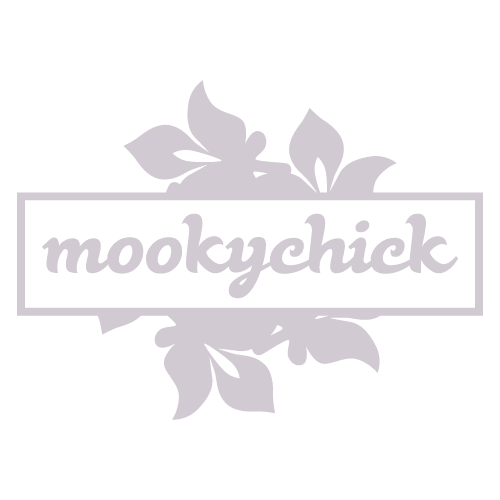How to be a Beatnik

Most of us are familiar with the Beat generation – the hip cats of the fifties and early sixties associated with soul patches, bongos, black clothes and the endless curling smoke of clove cigarettes. But what lies beneath the iconic image?
The phrase “beat generation” was coined by Jack Kerouac, who really had no intention of starting a youth culture to begin with. He used the term to refer to his circle of anti-conformist friends in 1948 New York. Inspired by his work, the Beats gladly adopted this moniker as a way to describe their generation. Interestingly, they rejected the idea of being “beatniks”. That whole beatnik schtick was, after all, a media-created prhase – a means of trying to trick youth into believing they were edgy without doing anything to disrupt the system (similiar to the portrayal of hipsters in modern media).
Beat style and substance
The uniform of a beatnik is iconic. That bohemian style: The black turtleneck, bongo, chaotic poetry, and jazz. These were hip cats trying to outrun life in Squaresville, USA. Not all people who talked the talk (or looked the look) walked the walk. However, Beat poets did dress unconventionally and listen to jazz (hell, a few probably owned bongos too). The main focus of the Beat movement was the poetry and an adventurous soul. These people wanted to roam and explore; the idea of being chained down to a hum-drum adult life in an office building seemed like the ninth level of Hell. They wrote poetry and had the gall to even read it out at open mike nights – regardless of how terrible some of it may have been.
Beat philosophy
If the stereotypes are to be believed, beatniks were also social/existential nihilists. Anyone who has read the work of Beat poets knows better than this. They may not had much faith in the conventions of the time. Some of them may have held that established moral values are abstractly contrived (check out the twisting and turning love lives of the major Beats). Some of them may have questioned the intrinsic purpose and meaning of life, but they never doubted that it had value. They loved life. They also held a wide range of beliefs and opinons – they aimed to move ‘toward’, not just ‘away from’. In 1994, Allen Ginsberg spoke out in defense of the freedom of expression of the North American Man/Boy Love Association in an essay titled Thoughts on NAMBLA. Understandably, his opinions caused backlash in the conservative world, but he clearly states that he is against sexual relations with a child. It’s thought he was reasoning his relationship with Peter Orlovsky, which – had they been younger – would have been illegal due to a seven year age difference.
Beats and living in the moment
“Jack’s belief, which Allen shared at the time, was that one should never change or rewrite anything. He felt that the initial flash of the turned-on mind was best, in life as well as in poetry, and I could see that he probably really lived that way. He seized my notebooks and proceeded to uncorrect the poems, rolling the original bumpy lines off his tongue, making the stops and awkwardnesses beautiful while we all got higher and higher.” Jack Kerouac summed up the Beatnik manifesto perfectly in Diane di Prima’s Memoirs of a Beatnik.
The Beat legacy
The Beat generation were the precursor to the hippies. They had political views and stood for preservation of the earth. They were mocked and dismissed by the media even while the the media tried to recreate a safely sanitised version of them to sell a product. The Beats fought against cultural norms and were artists, writers, activists, and dreamers. At the end of the day, doesn’t every mookychick have a little “hip cat” in them?
If you want more of the Beat generation, here are some influential figures to look into:
- Jack Kerouac
- William Burroughs
- Allen Ginsberg
- Patti Smith
- Hunter S. Thompson
- Joyce Johnson (Kerouac’s one-time girlfriend and arguably a better writer)


Jack Kerouac. Very fine.

Beatniks on stage.


Lemon: Beatnik or Beat? Discuss. Art by Antonia Glavic.

